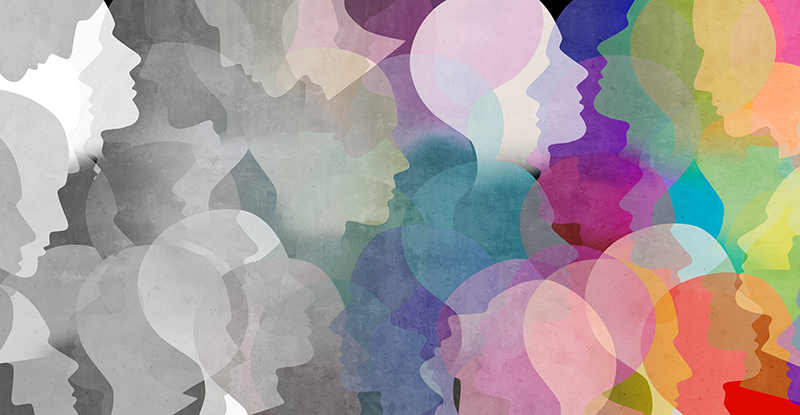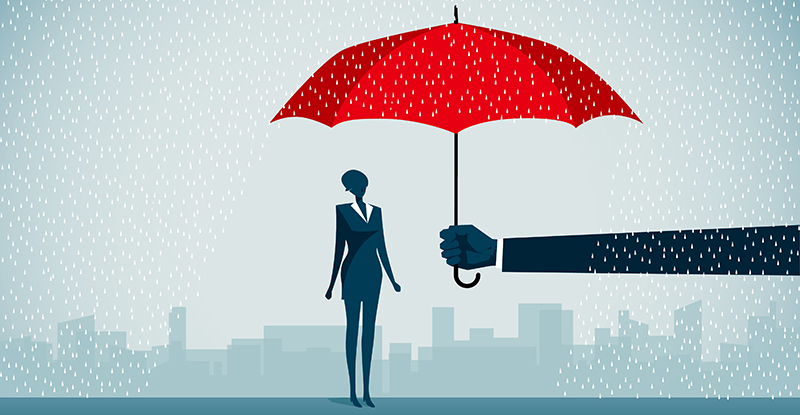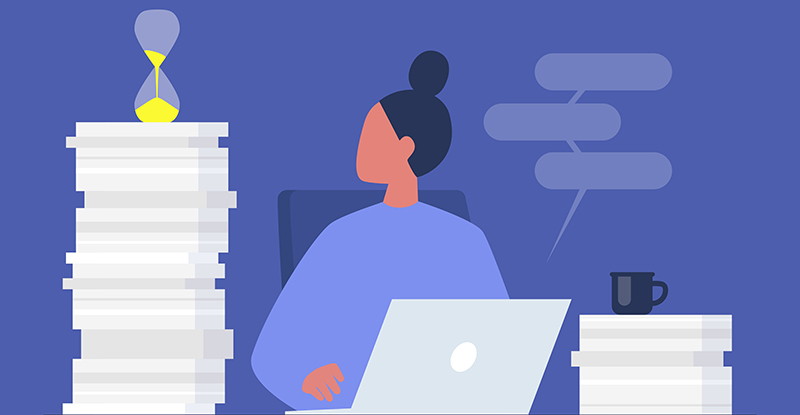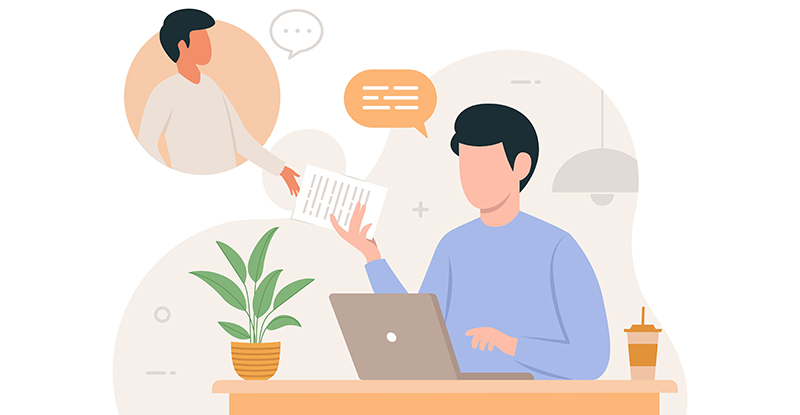
First off, what are microaggressions?
Often quick or seemingly easy to ignore, microaggressions are brief and/or subtle actions, remarks, or visual cues in our everyday interactions that communicate negative ideas or stereotypes about a group of people - usually a socially marginalized group. While they take many forms, if you’ve encountered one of the comments or actions below, you’ve encountered a microaggression:
- “I love your accent! Where are you from?”
- “Why am I so blind today?”
- “That is so gay.”
- Touching someone’s hair without consent.
- Repeatedly interrupting or forgetting to include someone.
- Crossing the street to avoid someone.
Why they are hard to address
Microaggressions are by nature small and can be easily explained away. They aren’t perpetrated by one particular population or group – they are perpetrated by many different people, and many people simply aren’t aware that they are inflicting a microaggression. In addition, microaggressions aren’t always delivered in words – they can be a gesture, facial expression, or other subtle forms of body language.
Some reasons why they are harmful
While they might seem inconsequential, microaggressions are cumulative to the people on the receiving end. And cumulatively, the effect of microaggressions can be overwhelming and damaging.
Think about this in physical terms, for example, receiving a minor abrasion like a paper cut. If you receive one, you will likely be a bit uncomfortable, but it will seem minor and you will probably heal and move on. But if you receive multiple paper cuts per day for weeks or even years, it could seriously damage your health.
Other reasons why microaggressions are harmful? They are a constant reminder that someone doesn’t belong or isn’t worthy, and they also subtly normalize prejudice and reinforce it. They do real psychological damage to people who regularly experience them.
How to respond to microaggressions
Microaggressions exist from the viewpoint of the:
- aggressor (the person who perpetrates them);
- victim (the person who is subject to them); or
- witness (the person who sees them happen).
Responding to microaggressions is complex – it can take many forms and it is an ongoing process that requires continual learning. As a starting point, here is how you can respond from each of these three positions.
Aggressor: Let’s say you’ve perpetrated a microaggression and the person on the receiving end – the victim – becomes upset with you. Consciously deciding to do the following will help you grow, though it might be difficult.
- Frame the confrontation as a valuable experience of receiving feedback and recognize that this feedback is important.
- Watch your fragility. Exercise agency over how much your emotions dominate the interaction.
- Be aware that intentions do not equal impacts, nor do they erase impacts.
- Don’t disagree with what you’re being told, particularly if it is coming from the victim. They are telling you about the impact of your actions on them. On this, they are always right. Get curious.
- Thank them for what they have given you. Commit to taking it away and thinking about it. Get help to learn more – Google, read, call a friend.
- Apologize, take this learning to heart, make a change, and don’t dwell on the negative emotions.
Victim: Remember to take care of yourself first. Remove yourself from the situation, get help, or confront – depending on what is good for you first.
- Remember it is not your job to fix the world.
- Remember that you have a right to speak up to make situations safe for yourself. Don’t let them tell you that you’re being difficult.
Witness: It’s important to recognize that noticing and addressing microagressions are your responsibility as much as it is anybody else’s.
- Educate yourself about the histories, realities and reactions of marginalized folks, so that you can recognize a microaggression when you see one.
- Allow for the possibility that people can learn from mistakes and that aggressors are not necessarily unredeemable.
- Be aware of your privilege (or lack thereof). Don’t dismiss the risk to yourself of intervening and don’t exaggerate it either. Use your privilege to take appropriate risk.
- Make a response that is proportional to the wrong-doing.
- Call out power if it needs to be confronted.
In general, a strategy for lessening microaggressions is to increase your knowledge of others’ perspectives. This will involve ongoing work on your part to understand your actions in relation to others. This is a complex journey of learning and growth; some of the forms it can take can include reading perspectives from identities other than yours, watching movies about broader topics, or building deep diverse friendships.
You can also grow your interpersonal skills. This could involve learning and looking for social cues that signal discomfort, asking for feedback and communicating that you welcome it, and building relationships in which mistakes can be pointed out – all of these actions can help you lessen microaggressions.
Aftab Erfan is a long-standing scholar-practitioner in the field of inclusion and social justice, currently serving as the City of Vancouver first Chief Equity Officer.



